'Great Pacific Garbage Patch' is massive floating island of plastic, now 3 times the size of France
A massive floating island of plastic is growing fast.
ByABC News
March 23, 2018, 12:29 PM
A massive floating island of plastic between California and Hawaii is growing rapidly and is now three times the size of France, a new study finds.
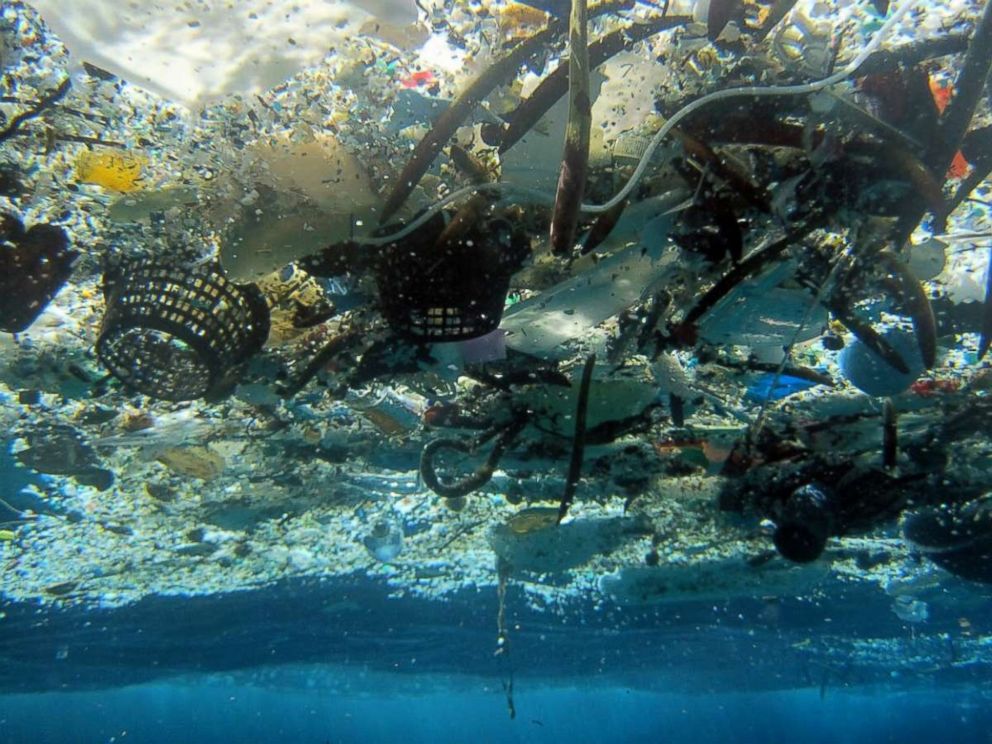
NOAA Pacific Islands Fisheries Science Center/AP
The giant accumulation of plastic called the Great Pacific Garbage Patch contains at least 79,000 tons discarded plastic, covering an area of about 617,800 square miles (1.6 million square kilometers), according to a study published Thursday in Scientific Reports.
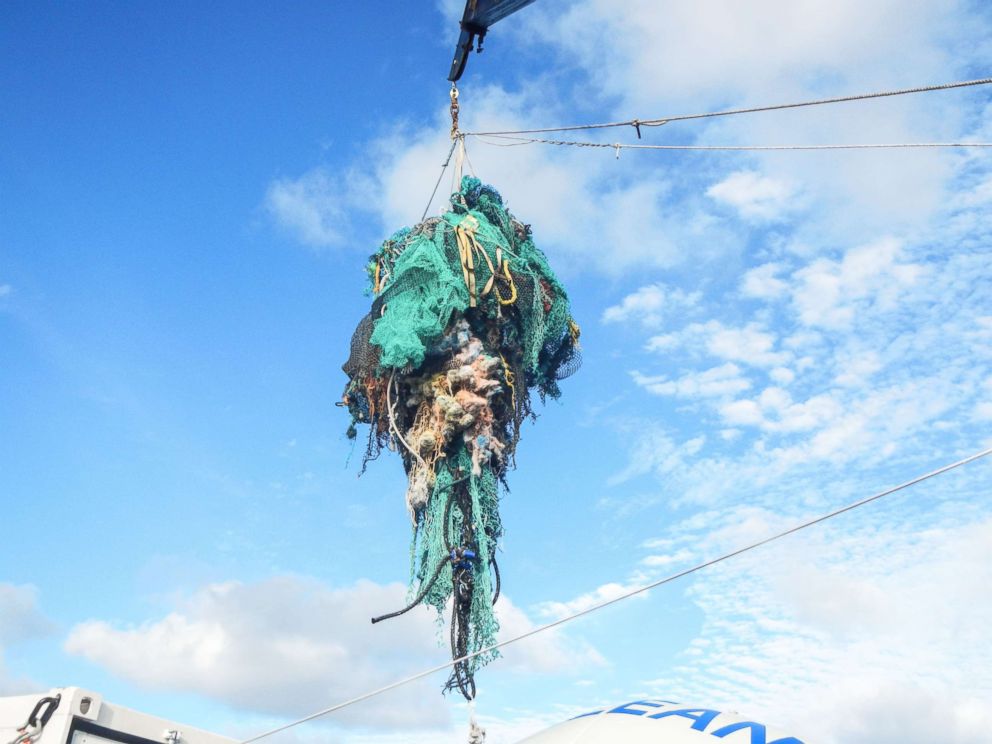
The Ocean Cleanup/EPA/Rex via Shutterstock
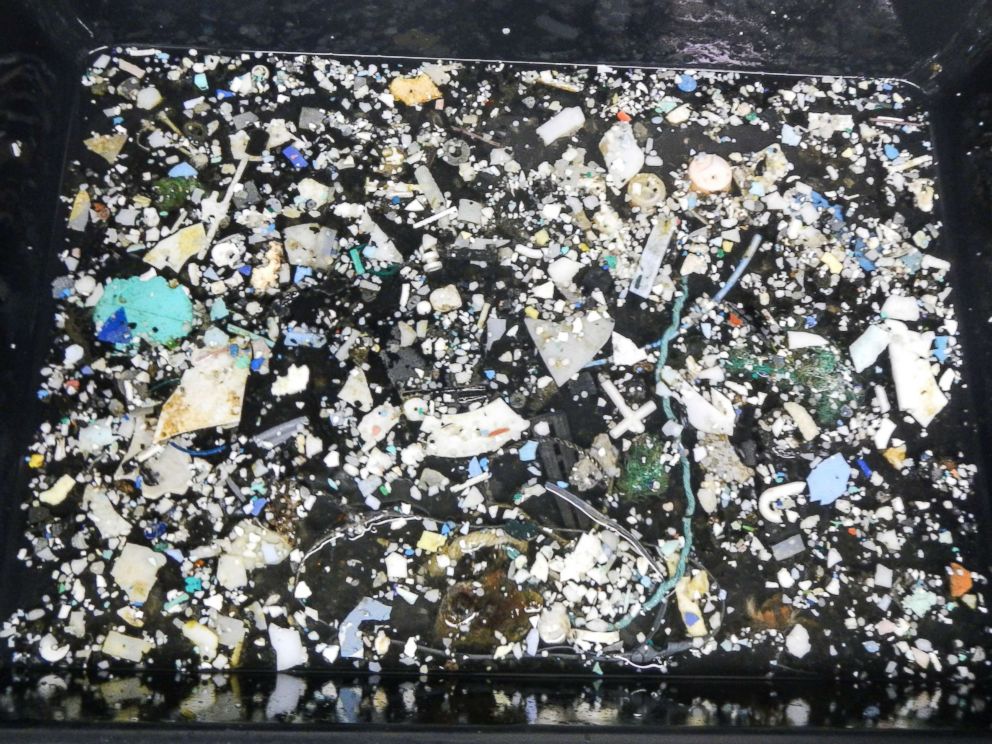
THE OCEAN CLEANUP HANDOUT/EPA/Rex via Shutterstock
That is three times the area of France and more than twice the size of Texas.
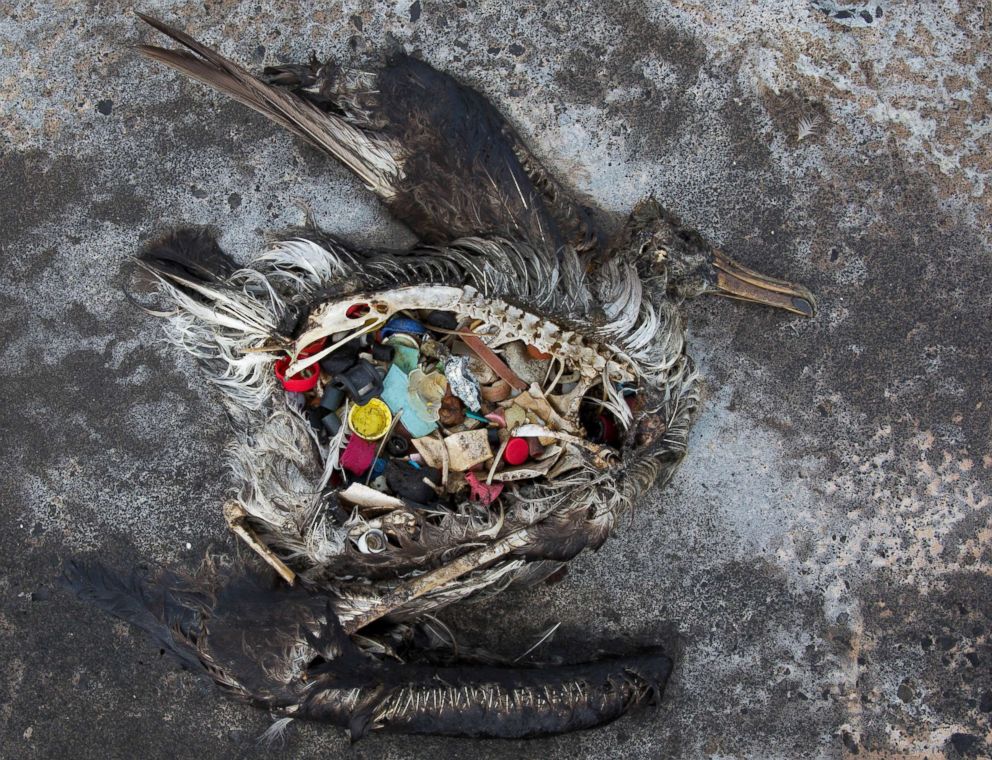
Dan Clark/USFWS via AP
The study's authors further said, "Our results suggest that ocean plastic pollution within the Great Pacific Garbage Patch is increasing exponentially."
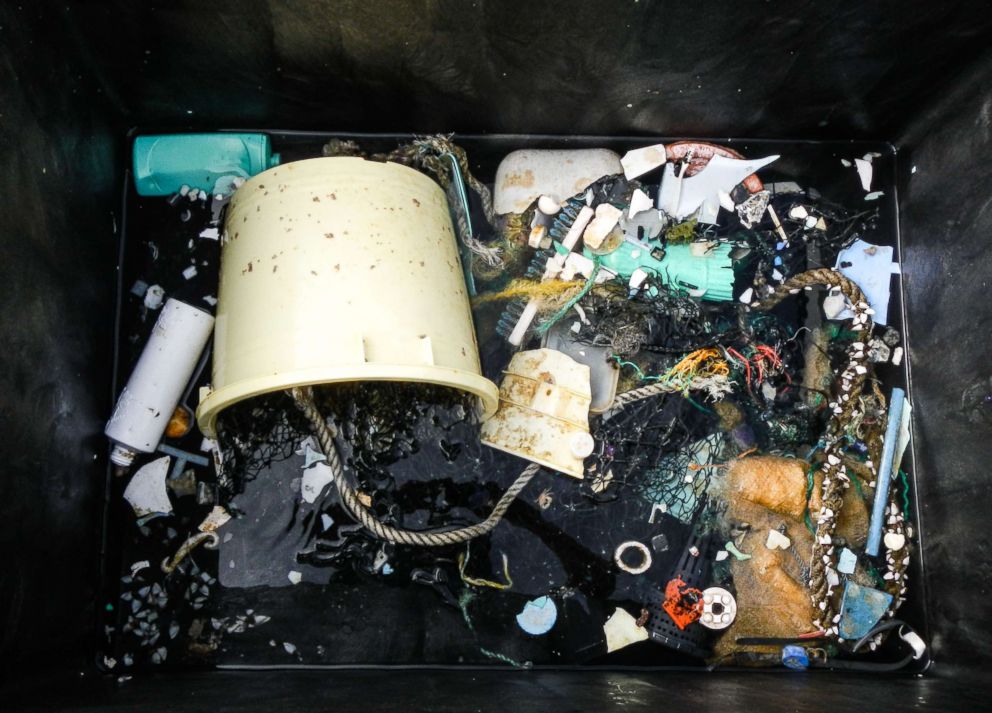
The Ocean Cleanup/EPA/Rex via Shutterstock
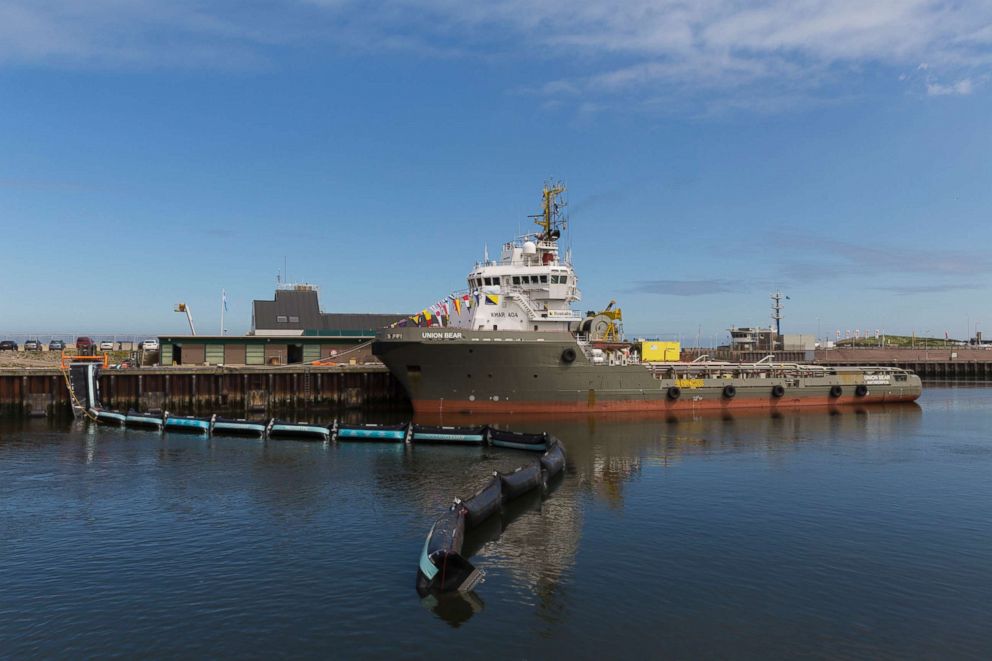
Michel Porro/Getty Images




